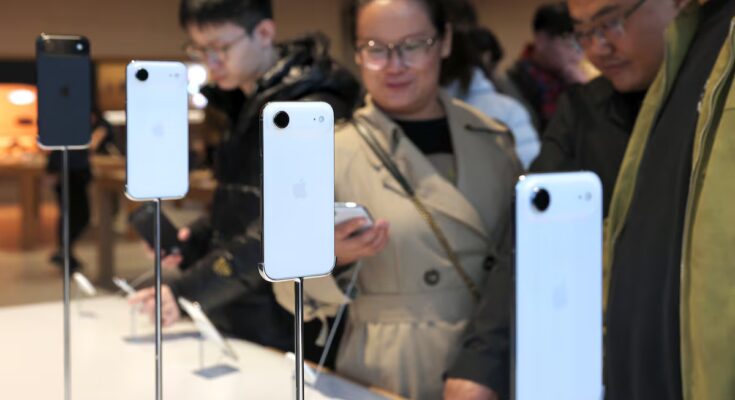2016 was the year in which the first eSIM compatible device was presented: a virtual version of the classic mobile cards that promised greater convenience in changing operator or number, greater security, multiple connections and less use of plastic and waste. Plus, it gave us the ability to stay connected to our wearables without having our phone nearby. In fact, the first “gadget” with eSIM was a smart watchthe Samsung Gear S2 Classic 3G, which allowed you to make calls, receive and send messages or listen to music on streaming platforms.
Nonetheless, and despite the great expectations generated by this technology that has been available for almost a decade, eSIMs are not widespread at all. Now they are back in the news with the launch of the iPhone Air: the new Apple smartphone gives up the traditional SIM to obtain that slim profile. But not all operators offer it, not all devices are compatible, nor is its activation as simple as you might expect.
Current status: limited availability
Although more and more high-end mobile phones and smartwatches include eSIM compatibility, its use remains marginal. In Spain, the main operators – Movistar, Orange, Vodafone and Yoigo – offer the eSIM, but not all their tariffs include it for free and virtual mobile operators – such as Finetwork, Digi or Lowi, which usually offer lower prices – in most cases do not yet have this service.
Furthermore, the activation process is far from universal. First of all you need to request this type of card from the operator, who normally provides a QR code that is scanned by your mobile phone. In other cases, they force you to do the procedures in person in the store – even some procedures only in person and, furthermore, some only by phone – or require you to complete additional steps that complicate the experience. The eSIM’s promise of simplicity is not always fulfilled; allows you to change operator in a few seconds.
The advantages and disadvantages
Beyond the initial promises, there are several practical benefits of eSIMs for users. In many countries, for example, it is possible to purchase a local data plan online and activate it immediately, making it easier to make calls or surf the Internet abroad without limits or without depending on roaming charges. Furthermore, with these virtual cards it is more convenient to use two mobile lines on the same mobile phone: for example a personal one and a work one. And wearable devices like smartwatches benefit from connectivity independently.
However, the advantages are not all: the fact that, at the moment, only high-end devices incorporate it, its limited availability in terms of operators and that each company has its own system to activate it are the main disadvantages of this technology.
Why doesn’t it take off?
The truth is that, for experts, there is no single reason why this technology hasn’t taken off. Even if everything indicates that it will eventually be imposed, it is very likely that we will live with physical and virtual cards for years. Among the factors cited for this situation is that users are accustomed to the physical SIM and do not see an urgent need to change. The lack of a universal standard process does not help either, and it is even better for some operators that the change of company is not as immediate as the eSIM would allow, to have more space to retain their customers.



